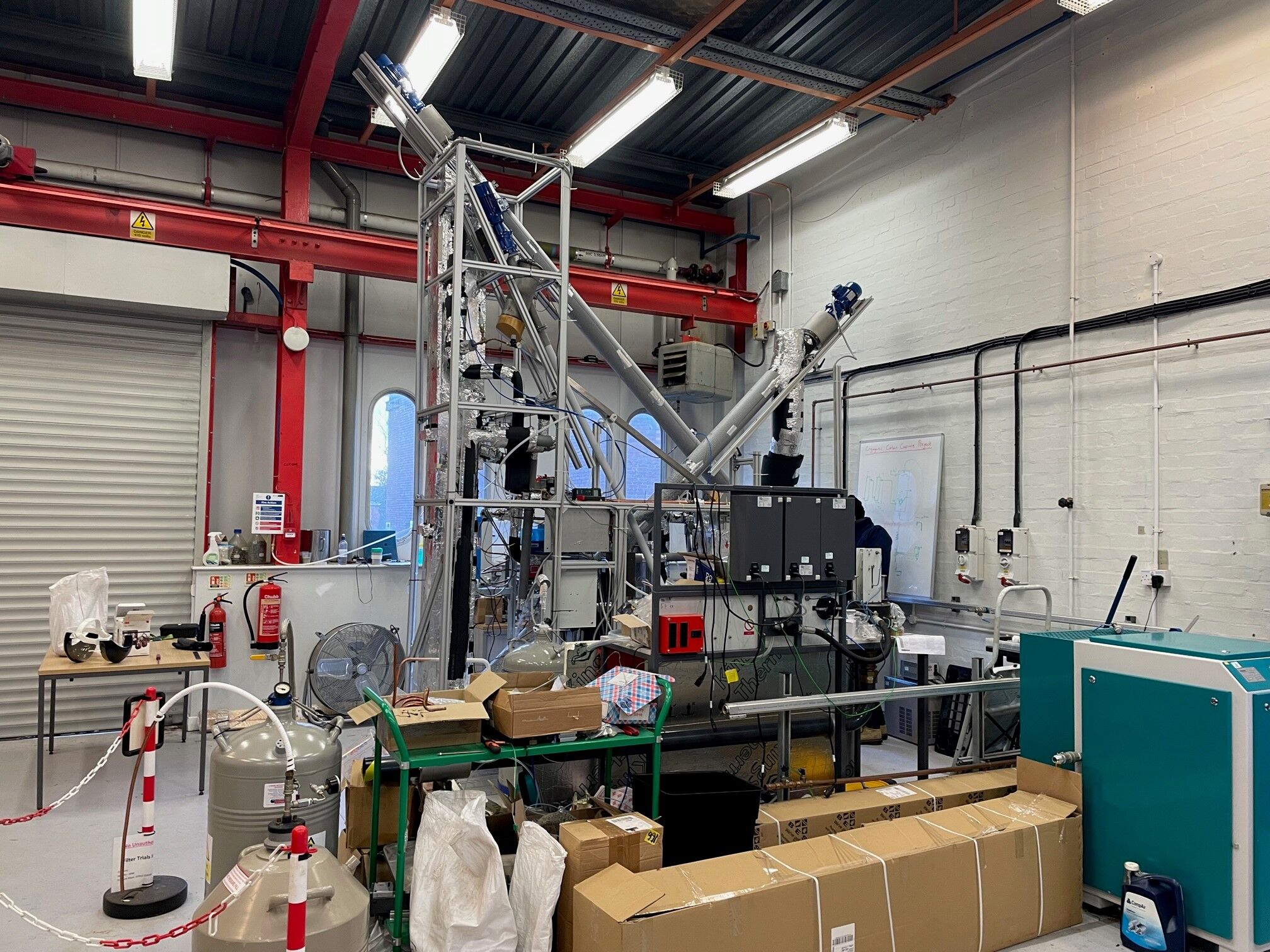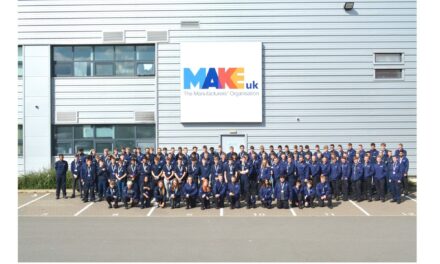PMW Technology, a process development company, working with the University of Chester, demonstrated a new process hailed as the next generation in carbon capture technology to a group of industry leaders.
Carbon capture is a way of reducing carbon emissions, which will be vital to help meet net zero targets and tackle global warming.
PMW Technology has worked with Dr Carolina Font Palma and Professor Steve Wilkinson at the University since 2017 to develop the new process. Initial work as a successful doctoral project at laboratory scale by Dr David Cann has been followed by the construction of a large pilot rig which demonstrated the novel process.
The process separates the carbon dioxide from exhaust gases by freezing it onto very cold metal beads. Elegant heat recovery systems and advanced refrigeration enables the process to capture carbon dioxide at around one third of the energy consumption of competing processes, making applications for challenging industrial and marine decarbonisation feasible and economically viable.
The demonstration on 18th January at Thornton Science Park showed the pilot being cooled to below -100°C to enable carbon dioxide removal from the exhaust of a test diesel engine. The visitors were hosted by Professor Steve Wilkinson and Paul Willson, MD of PMW Technology. Supporting the research Professor Julieanna Powell-Turnersaid: “It is great to see how this project has evolved over the last year in collaboration with the Department of Physical, Mathematics and Engineering Sciences (PMES) at the University of Chester. PMES is delighted to be working with PMW Technology on this ground-breaking process that will push the decarbonisation agenda in the race for Net Zero”.
Paul Willson said: “We are delighted to have reached this key step in the development of our technology and greatly appreciate the support from our academic colleagues and from the University over the past five years. We are looking forward to building new industry partnerships to take us to our prototype commercial system.”



